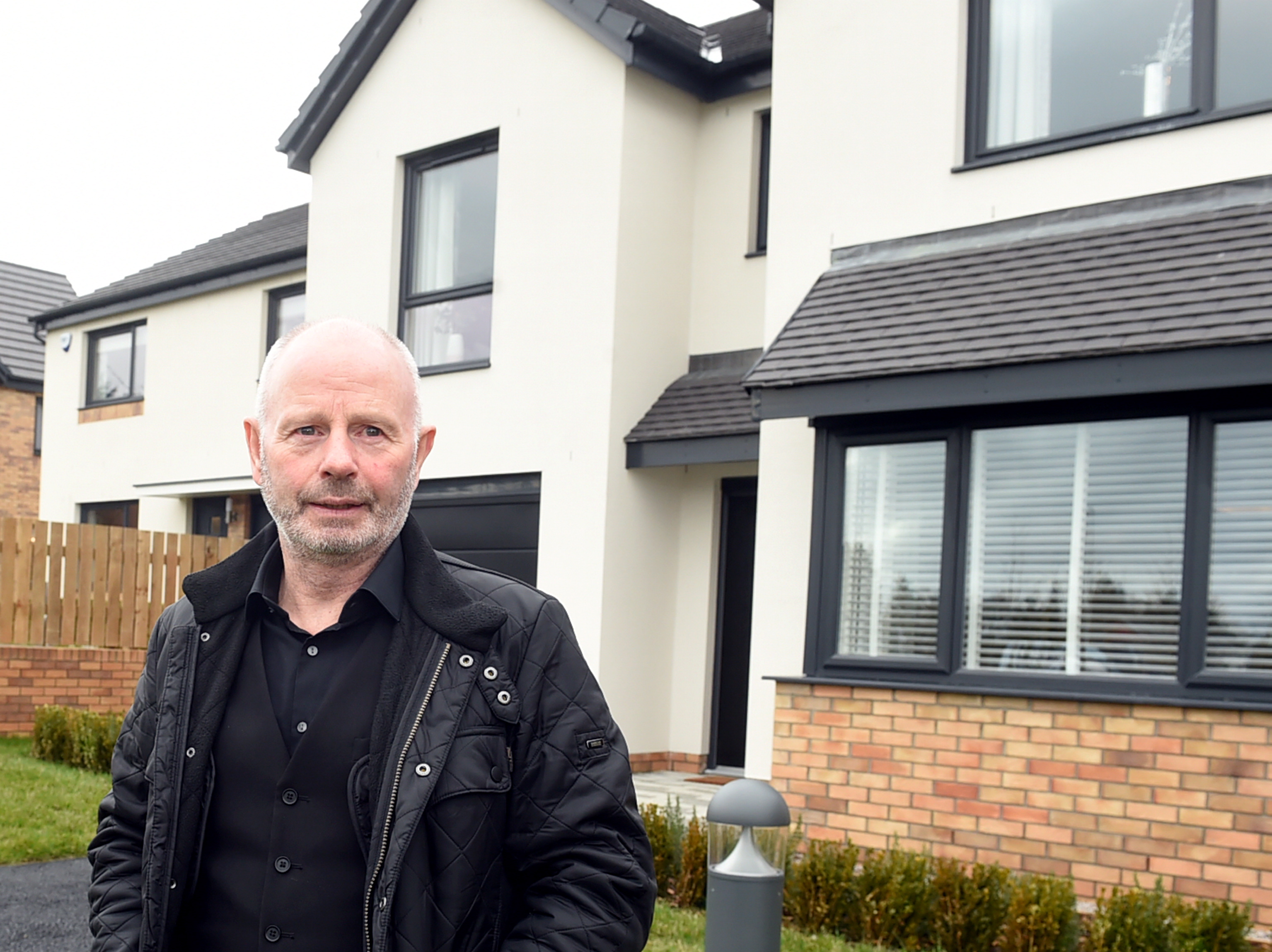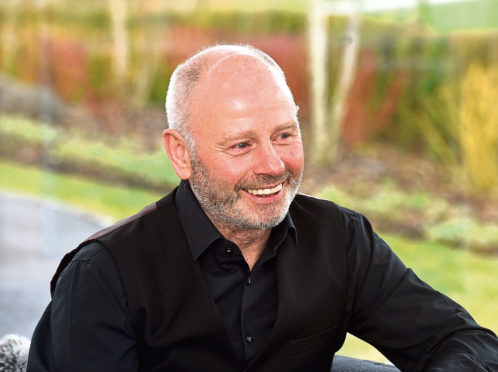For more than 30 years one of Aberdeen’s top businessmen had high hopes to convert old farmland to the west of the city into a development which would serve as a community for almost 10,000 people.
During his drive to work every day Stewart Milne would pass the site at Countesswells and think to himself “one day we will create something very special.”
Aberdeen had for decades been an ideal location for house builders with inflated property prices due to the oil and gas boom making for profitable business in the north-east.
But due to delays in gaining planning permission, development at the site was ironically finally approved during what could only be described as “the worst property position” the city had experienced in half a century.
Mr Milne said that at the time it seemed “more or less impossible” to secure the funds to make a start on developing the vital infrastructure which was going to be needed to support the mammoth development.
He said: “What has to be born in mind is that this came on the back of the world radically changing in 2008 with the financial crash. One of the outcomes of that was it was becoming increasingly difficult to get normal development funding through the banks for new developments and certainly for developments of this scale. It would have been impossible to get funding through the normal source.”
As a result Mr Milne and his firm had to think of alternative methods to get his dream off the ground and so turned to the Government in search of support, in a move which had never been done before.
One £86 million guarantee from HM Treasury and the project, which had been in the pipeline for years, started to become a reality.
And now five years on more than 200 homes are occupied and construction for dozens more is well underway.
Mr Milne added: “The idea to approach the Treasury came about after the [financial] crash.
“There was recognition at Government level that the world had changed and businesses weren’t going to be able to rely on the banking world the way they had in the past.
>> Keep up to date with the latest business news with The P&J Business newsletter
“There has been a growing housing issue over the last 20 years and even at the best of times there was an under supply being provided against the rest of the UK. They [the Government] recognised that had the potential to get worse, which it did immediately after 2009 when housing numbers dropped almost half of what they had been. Then there was the added difficulty of, particularly small to medium size private housebuilders, being able to raise the funds to bring new developments out the ground.
“So the Treasury established a fund of £3 billion for housebuilding and general construction projects, and it was through that we eventually got the guarantee.

“Because we were the first along that path it was quite a challenging path to go along and it took us in excess of two years to get to the point where we had an agreement with them.
“But now it’s still the only residential development that is funded in this way. The Treasury sees it very much as a model development and they had been surprised themselves how we have been able to advance it to the stage it is with the way the property market has been over the last four or five years.”
Mr Milne said the last few years had been difficult since the property market crashed but said he believed the north-east economy was improving.
He said: “I think people do seem to lose sight of the fact that even coming through these times we still have relatively low unemployment. I think it’s great to see what we’ve experienced in the last period, it’s been a catalyst to get some of the key players to take this medium to long term outlook and how we can build on the real strengths we’ve got within the region.
“There has been very substantial investment committed in the last five years and I think as we move forward we have given ourselves a fantastic opportunity to really broaden the economy and make this, get it clearly re-established as the best run and wealthiest regions in the UK.”
